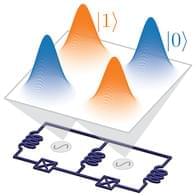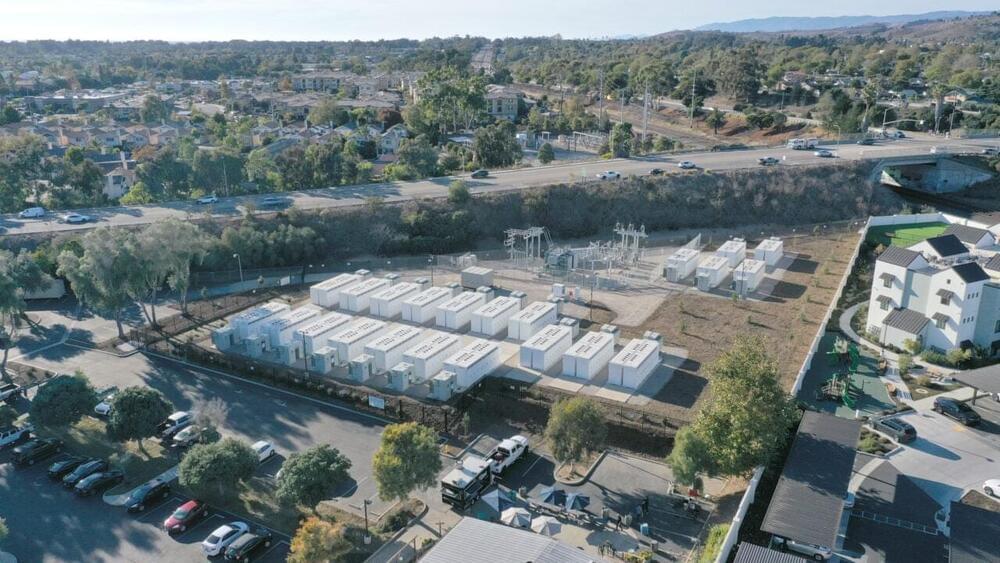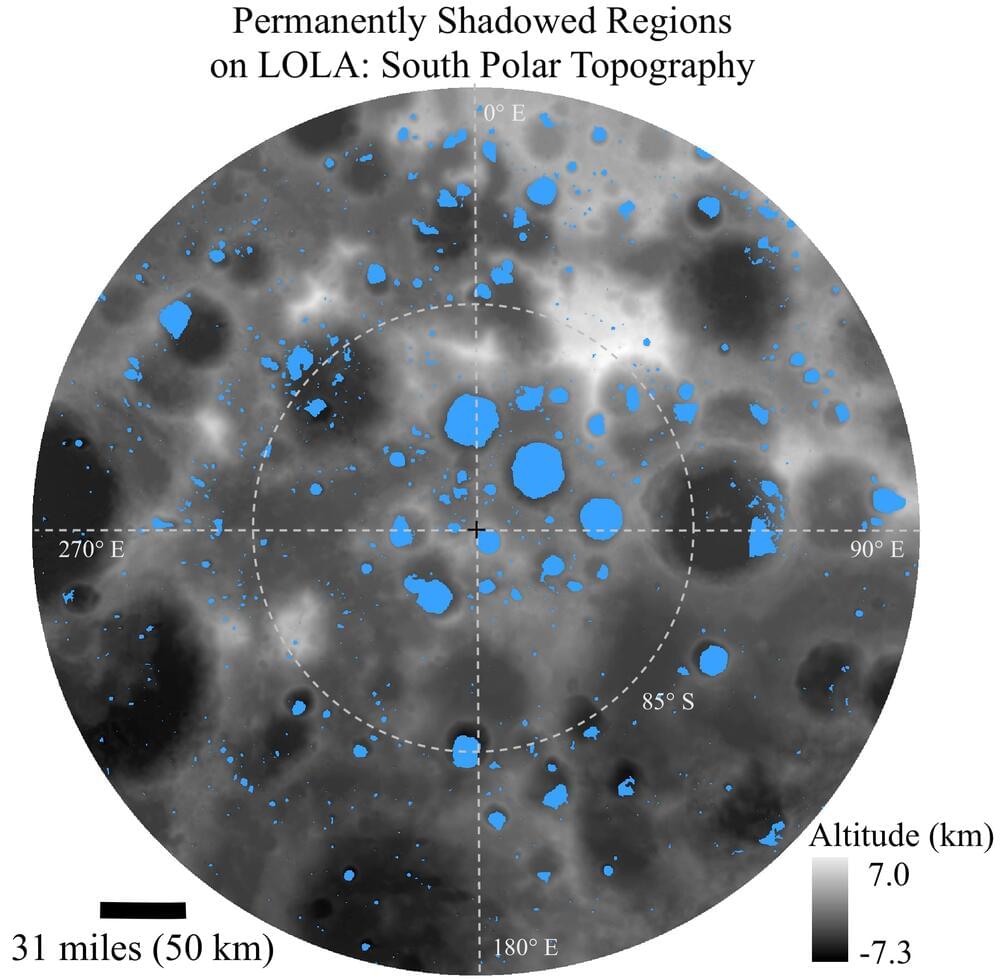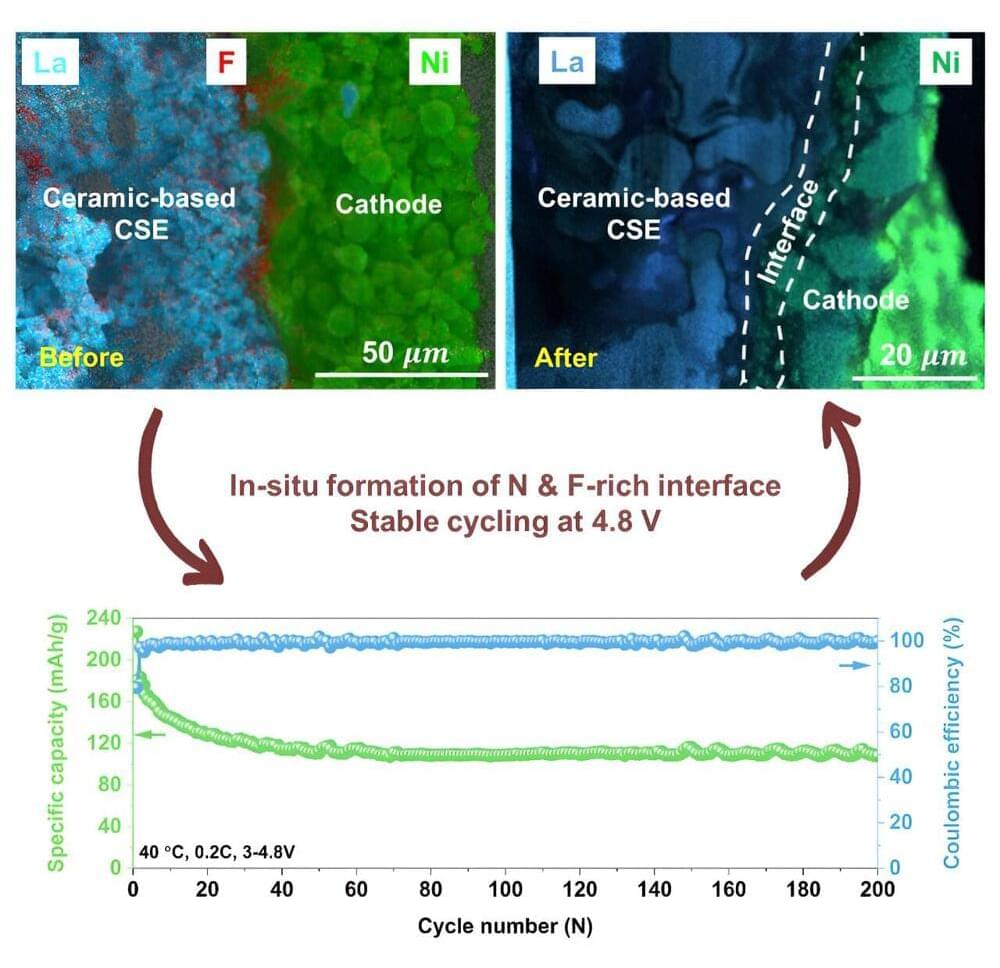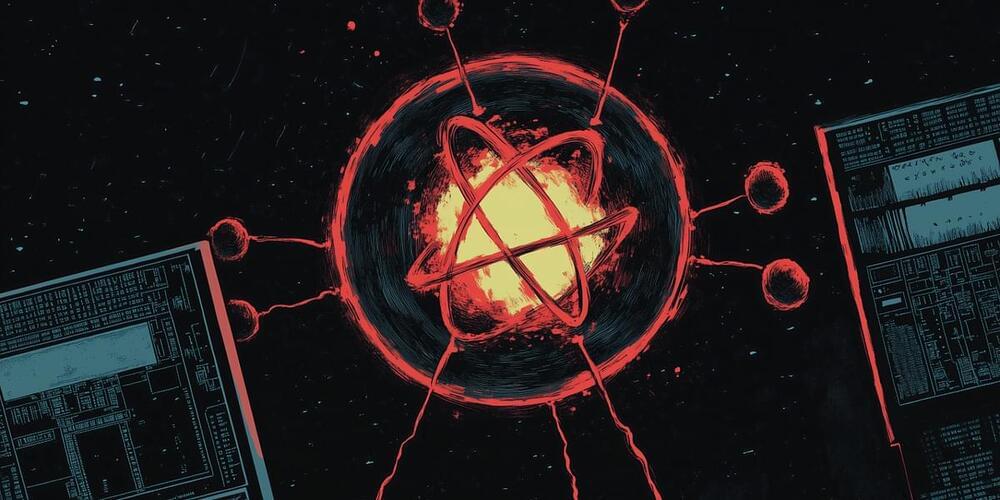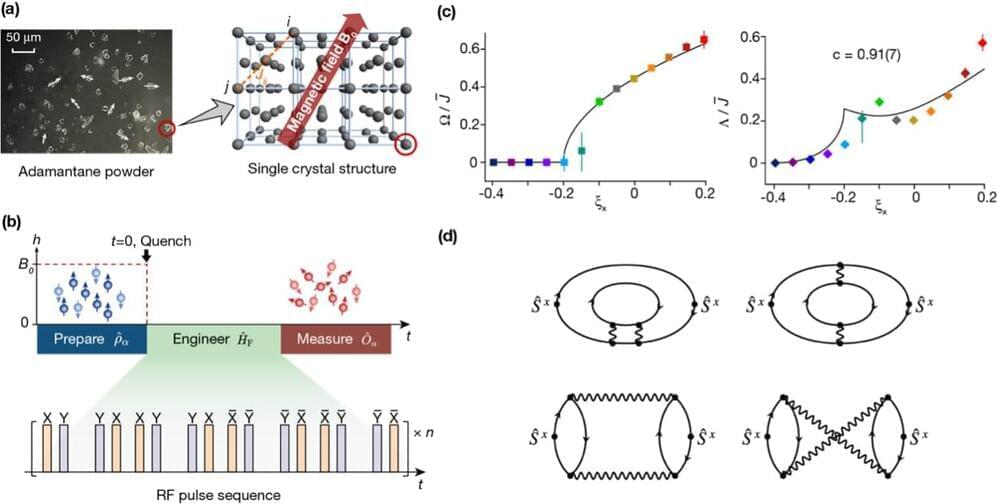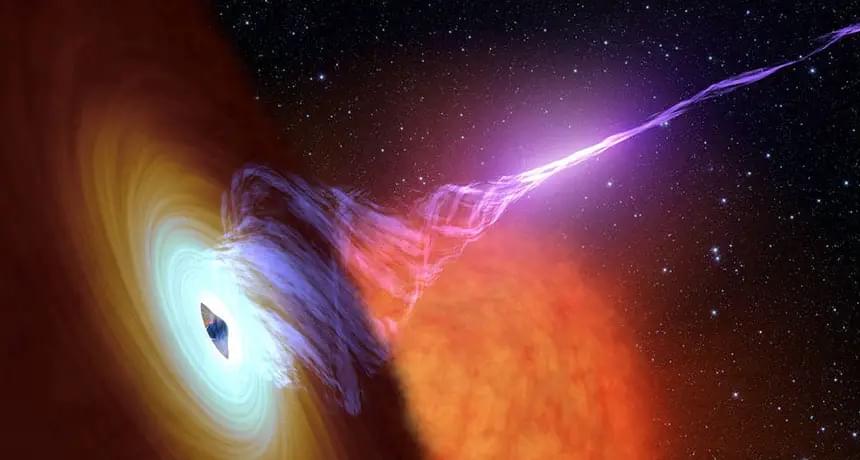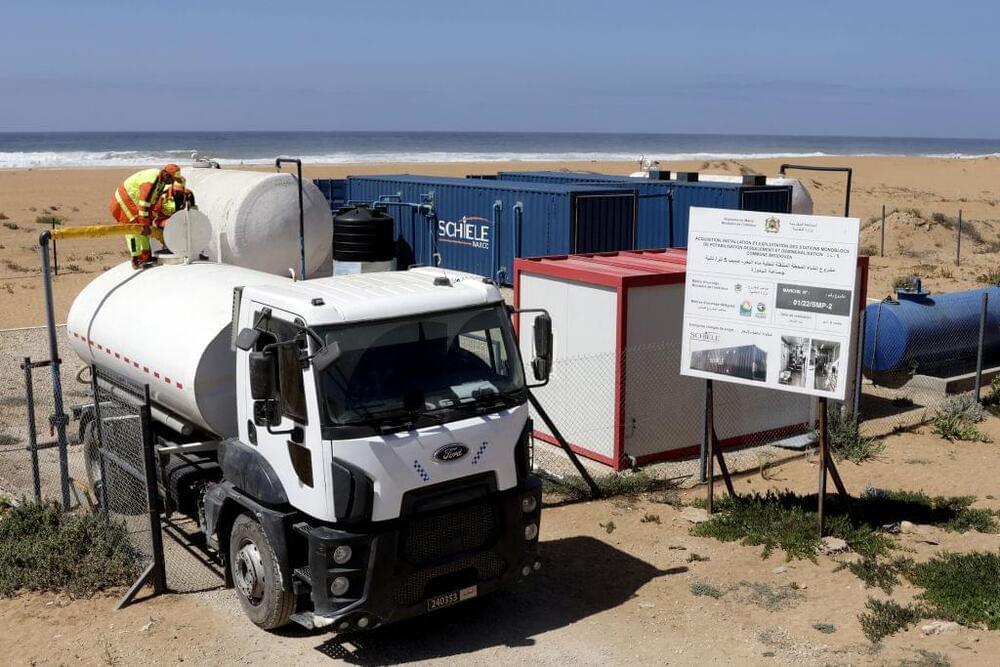Here we propose a novel protected erasure qubit, the Floquet fluxonium molecule (FFM). The FFM qubit exhibits (i) extremely long predicted logical coherence times and relatively long erasure lifetimes, (ii) a simple superconducting circuit structure, and (iii) high-fidelity single-qubit gates, which are much faster than the coherence timescale. Based on a Floquet-driven pair of inductively coupled fluxonium circuits [13–15], the FFM is a multi-DOF superconducting circuit with engineered, highly coherent quasieigenstates.
Our key technical contribution is a novel form of Floquet protection in a multi-DOF qubit, which strongly suppresses phase-flip errors, removing them at first and second order in the flux noise. The combination of drive and multi-DOF allows the low-lying eigenstates to be disjoint and delocalized with a nonvanishing energy gap. The second-order sweet spot has no analogue in the single-DOF circuits that have been studied thus far [16–18]; in fact, in single-DOF circuits there is a generic trade-off between bit-and phase-flip errors arising from the inability to keep two eigenstates simultaneously disjoint and flux delocalized using accessible circuit QED Hamiltonians [19].
The higher-order phase-flip insensitivity allow the predicted coherence time of the FFM qubit to significantly outperform other multi-DOF circuits. These include the following: the dual-rail erasure transmon, with experimentally achieved logical lifetimes of approximately ms and erasure lifetimes of approximately [12]; the dual-rail cavity, with logical lifetimes predicted [10] (achieved [11]) at approximately ms (3 ms), limited by cavity and ancilla dephasing, and erasure lifetimes of approximately in both cases; and the cold echo qubit, with predicted logical lifetime of ms with erasure rates unreported [8]. Theoretically, we find the FFM exhibits long bit-flip coherence times of approximately 50 ms while suppressing phase flips even further, along with a 500-erasure lifetime.
